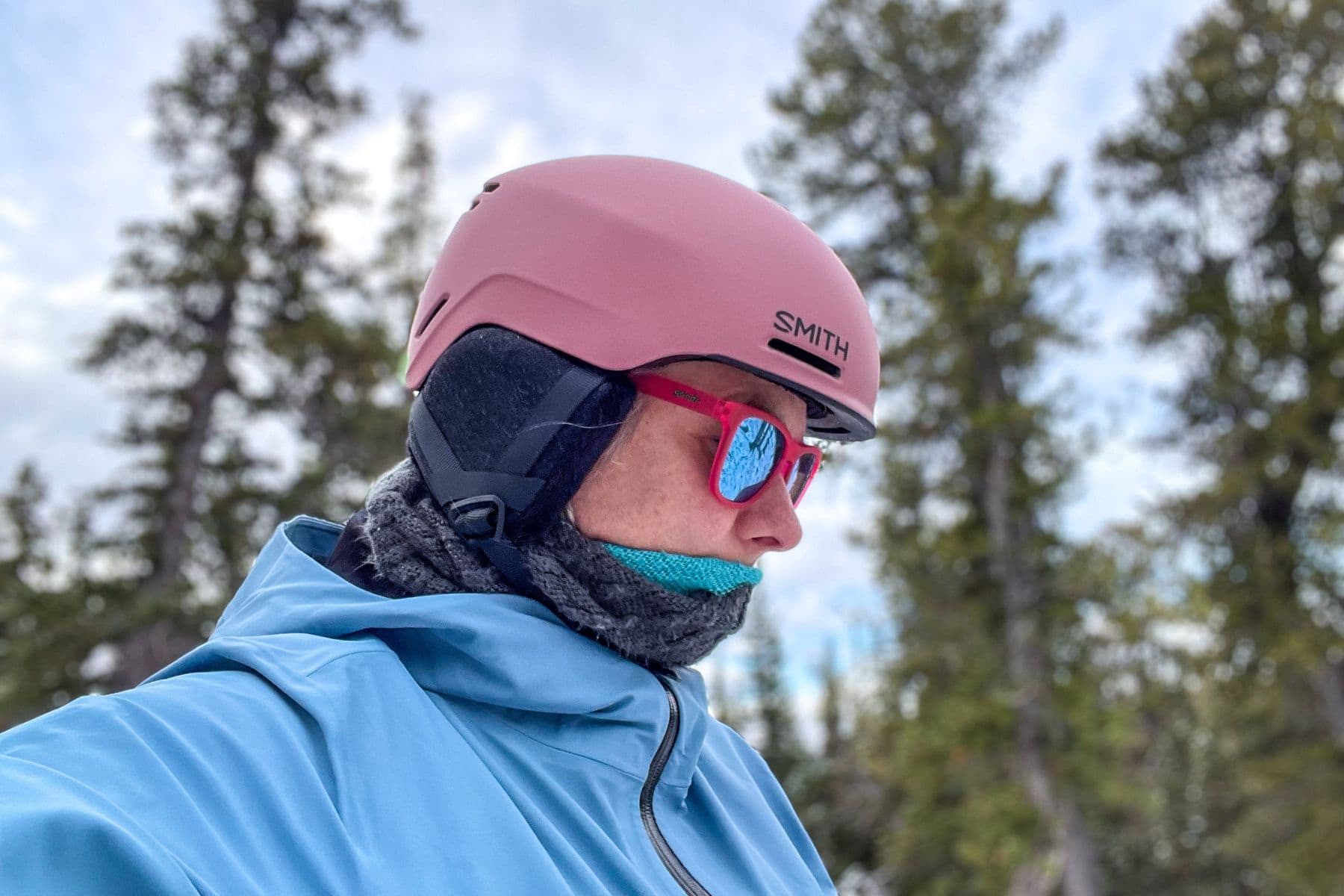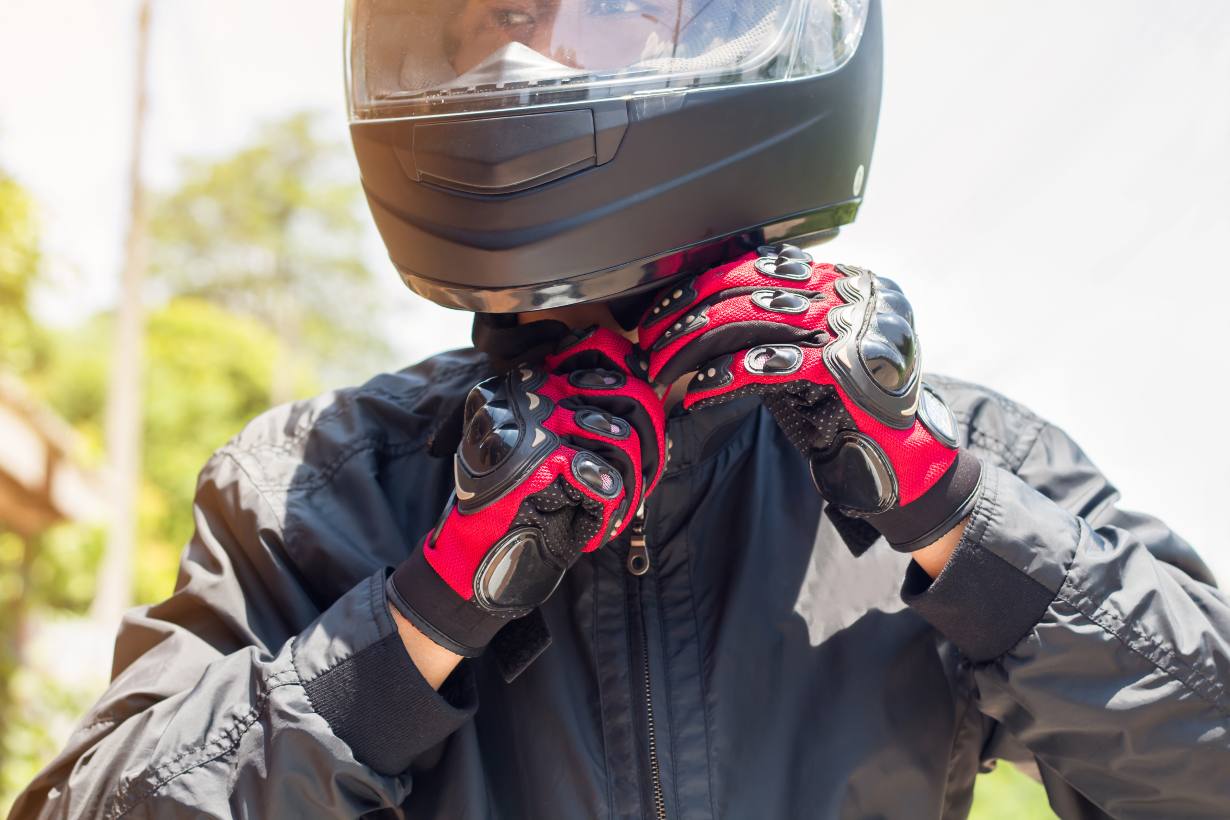Choosing the right helmet size is crucial for safety, comfort, and overall riding experience. A helmet that’s too tight can cause headaches and discomfort, while a loose one can compromise protection during an accident.
This guide will walk you through the steps to measure your head accurately, select the right helmet size, and ensure a secure, comfortable fit.
1. Why Proper Helmet Fit is Important
- Safety: A well-fitted helmet provides optimal protection, reducing the risk of head injury by staying secure during an impact.
- Comfort: A helmet that fits well minimizes pressure points, reduces fatigue, and enhances the overall riding experience.
- Noise Reduction and Stability: Proper fit improves aerodynamics and noise insulation, making high-speed rides more comfortable and safe.
2. Steps to Measure Your Head for Helmet Size
a) Gather the Right Tools
- Flexible Measuring Tape: A soft measuring tape, like those used in tailoring, works best for accuracy.
- Mirror (Optional): A mirror can help ensure the tape is positioned evenly if you’re measuring alone.
b) Measure Your Head Circumference
- Step 1: Place the measuring tape around the widest part of your head. This typically runs about one inch (2.5 cm) above your eyebrows and around the back of your head.
- Step 2: Keep the tape level around your head. It should be snug but not too tight.
- Step 3: Note the measurement in centimeters or inches. If your measurement falls between two sizes, round up for most helmets, as padding can make a snug fit feel tighter.
c) Determine Your Head Shape
- Oval Shape: Longer from front to back. Common for most motorcycle and bicycle helmets.
- Round Shape: Equal distance from front to back and side to side.
- Intermediate Oval: A balance between oval and round shapes, often used by brands to fit a broader range of riders.
Knowing your head shape can help you select brands that cater to your shape, ensuring a better fit.
3. Helmet Size Charts and How to Use Them
- Refer to the Manufacturer’s Size Chart: Each helmet brand may have slightly different size measurements. Always check the brand’s specific sizing chart to match your head measurement with the correct helmet size.
- Convert Measurement to Size: Most size charts will list head measurements in centimeters or inches next to the corresponding size (e.g., Small, Medium, Large).
- Try Before You Buy (If Possible): For the most accurate fit, try the helmet on in-store. Online shoppers can use size charts and return policies to find the right fit.
4. Checking Helmet Fit for Security and Comfort
a) Putting on the Helmet
- Step 1: Hold the helmet by the chin straps and pull it down onto your head. The helmet should feel snug as it slides over your cheeks and crown.
- Step 2: Fasten the chin strap snugly under your chin. There should be no more than a finger-width gap between your chin and the strap.
b) Fit Test for Security
- Shake Test: Shake your head from side to side and up and down. The helmet should stay firmly in place without sliding around.
- Pressure Test: Pay attention to any pressure points on your forehead, crown, or sides. A good fit will feel snug but should not cause discomfort.
- Eyebrow Test: When you wear the helmet, the top of the helmet should sit about an inch (2.5 cm) above your eyebrows, ensuring that it doesn’t block your vision.
c) Cheek Pads and Padding
- Tightness of Cheek Pads: The cheek pads should press gently against your cheeks, without pinching or causing discomfort.
- Padding Compression: Helmet padding compresses over time, so it’s normal for a snug fit to loosen slightly with regular use.
5. Common Fit Issues and How to Solve Them
- Helmet Feels Too Tight: If you’re experiencing pressure around the crown or sides, the helmet may be too small. Try the next size up or a different brand that may have a slightly different shape.
- Helmet Slides Around: If the helmet shifts when you move your head, it’s likely too large. Try a smaller size or look for models with adjustable padding for a more custom fit.
- Discomfort in Specific Areas: Hot spots can indicate that the helmet isn’t the right shape for your head. In this case, consider a helmet with an alternative shape (round, oval, or intermediate).
6. Helmet Fit FAQs
- How Tight Should a New Helmet Feel?
- A new helmet should feel snug without causing pain. It may feel tighter at first due to fresh padding, but it will gradually mold to the shape of your head.
- Can I Adjust My Helmet Size with Extra Padding?
- Yes, some helmets come with removable padding that can be adjusted for a better fit. However, avoid adding non-standard padding, as it may compromise safety.
- How Often Should I Check My Helmet’s Fit?
- Over time, padding compresses, which can affect fit. Check the helmet fit annually and replace padding or the helmet itself as needed.
- Is it Okay to Use the Same Helmet for Different Sports?
- While some helmets are multi-sport, a helmet specifically designed for motorcycle riding or cycling will offer the best protection and comfort for that activity.
7. Tips for Buying a Helmet Online
- Check the Return Policy: Look for retailers with flexible return policies, allowing you to exchange if the helmet doesn’t fit.
- Read Sizing Reviews: Customer reviews often provide insights into whether a helmet runs small or large, which can help you choose the best size.
- Look for Adjustable Features: Some helmets come with adjustable liners or cheek pads, offering more flexibility to customize the fit.
Conclusion
Choosing the right helmet size is crucial for both safety and comfort. By measuring your head accurately, checking the fit with simple tests, and paying attention to your helmet’s shape and padding, you can find a helmet that not only meets safety standards but also enhances your overall riding experience.
Take the time to select the right size, and you’ll enjoy safer and more comfortable rides every time.








